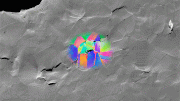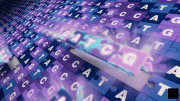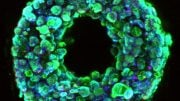
Recent advances in bioscience are causing a blurring of the lines between humans and other living organisms and challenging legal definitions of what is considered human.
Recent and rapid developments in biosciences continually blur the lines between human beings and other living organisms, while straining the legal definitions of what is or is not human.
In a Policy Forum, Bartha Maria Knoppers and Henry Greely propose the use of “substantially human” as a legal boundary to describe living organisms that are human in their characteristics, but not entirely so. It would help courts, scientists and physicians to be flexible in the legal determinations of emerging biotechnologies of the future, they say.
While both the law and ethics view living human beings and their constituent parts (e.g. tissues or organs) as being special and different, “bioscientific advancements are quietly nibbling away at the classical legal boundaries that form the bedrock of the normative structures upon which our societies are based,” write Knoppers and Greely. Attempts to reclassify the legal boundaries of humans, living humans or human tissues are often threatened by reductionism.
For example, some argue that the human genome defines “humans,” but according to the authors, there is no single defined “human genome” — each is unique and everchanging with each generation.
Similarly, xenotransplantations, human/non-human chimeras, organoids, and revived “dead” tissues blur the lines between that of “human life” and a legally recognized individual.
Rather than starting anew and redefining fundamental legal concepts, the authors argue that the traditional approaches should continue to be flexibly applied and that being “substantially human” serves as a good starting point for determining the legal rights and obligations of being “human.”









Be the first to comment on "“Substantially Human” – Bioscientific Advancements Requires Determining Boundaries of What’s Human"